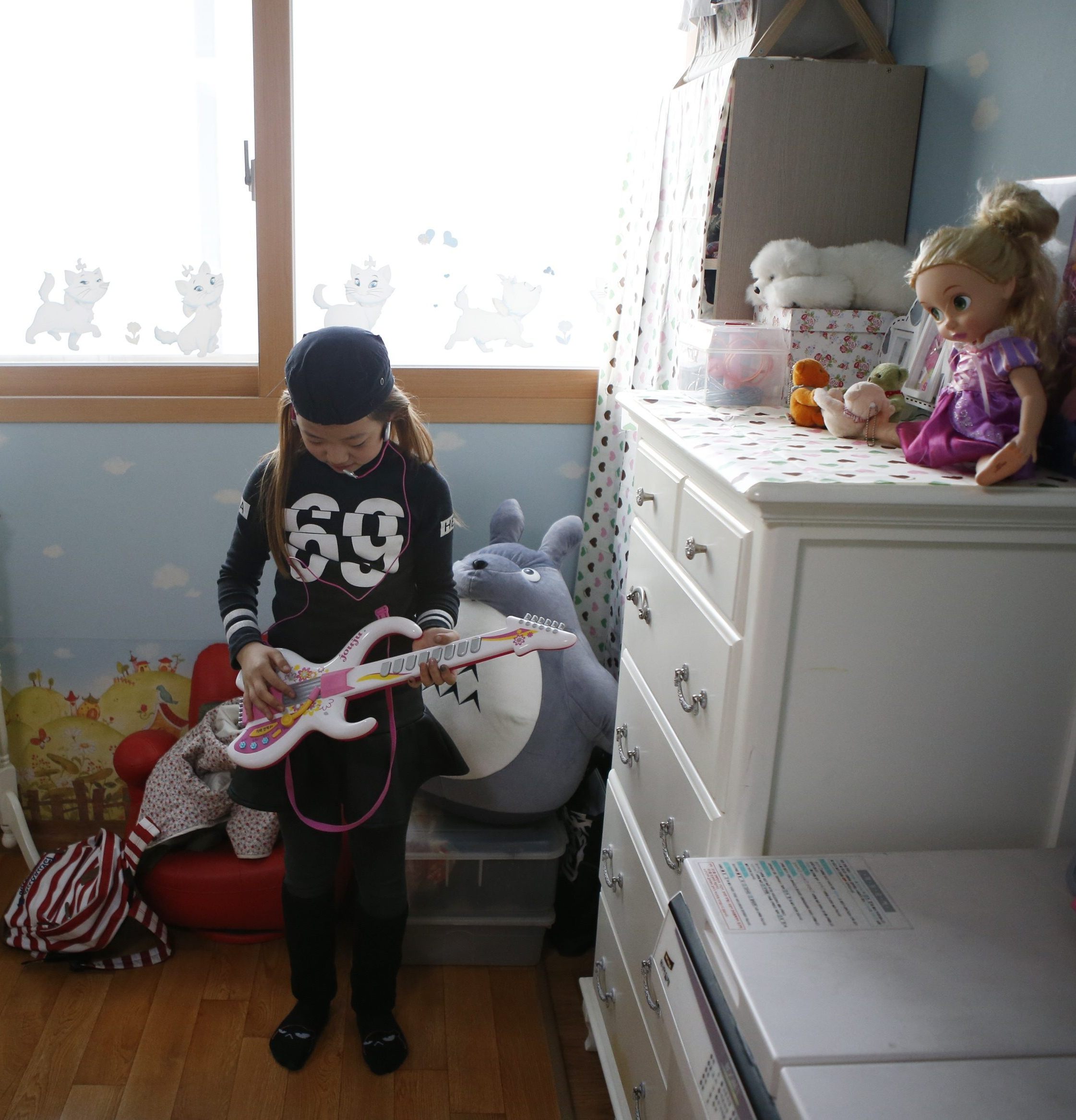South Korean children navigate rocky road to K-pop stardom
Nine-year-old Kim Si-yoon wakes up at half-past seven for school, followed by hours of voice training, dance lessons and cram school before crashing into bed at midnight. Kim, like thousands of Korean children, is a wannabe K-pop star. They dream of becoming household names like rapper Psy, whose 2012 “Gangnam Style” video was a global YouTube hit, often putting up with punishing schedules in the hope of one day making it big in the music industry. A new generation of younger and prettier music idols is further influencing impressionable minds, often at a hefty price. Park Sook-hee, Kim’s stay-at-home-mom, shells out around $639 each month on Kim’s voice modulation and dance lessons. The intense training programs can also take an emotional toll.
The most difficult part in fact was when I saw myself and felt like I didn’t grow up.
Jang Ha-jin, 23, stuck to a seven-day regimen for nearly three years before giving it all up and now studies engineering
K-pop is the rage in Asia, especially in China and Japan, and the industry is eyeing new audiences in the West. Overseas sales revenues garnered by the “Korean Wave” pop culture industry, which includes music and TV dramas, nearly doubled to $730 million in 2013 in just five years, Bank of Korea data shows.

Entertainment